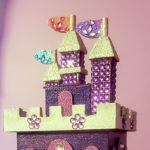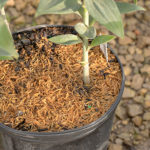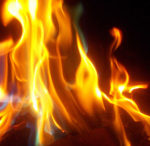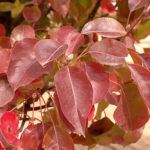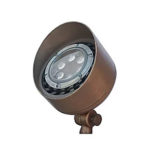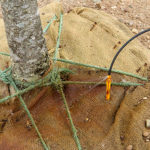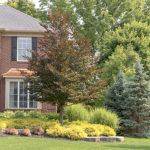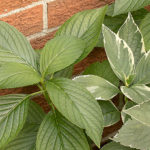My youngest daughter loves to do arts and crafts. Her favorite part of the project has always been to add “bling” to whatever it may be. Her material of choice varies between glitter, jewels, bows and stickers. It’s just not complete until it sparkles and shines like something out of a Glamour magazine. She enhances just about everything, including my dog! She likes to add her personal touch, make it look better than what it was, and I say why not?
As hardscape and landscape designers, do you have a certain type of “bling” that is specific to your projects?

I can't talk to you about all the different things you can do with plants, shrubs and ornamentals as I have very little experience in that department, although we do have over a dozen highly knowledgeable sales staff that do. What I can talk to you about is brick. With so many different sizes, colors, shapes and textures it’s not hard to find a way to enhance any size or type of project. However, there is so much more to work with than just the concrete product itself, so let me enlighten you.


Yes, that was a well-placed pun, but seriously, lights can make a HUGE difference in any hardscape or landscape project. You can bling out a wall, walkway or outdoor living space very easily with LED step lights and up lights. We have pillar cap lights and wall sconce lights, color changing bulbs and wireless control features. You could add more illumination with a natural gas or propane fire pit or fire bowl. We stock many types of Firegear products that will add some more sizzle so your pazizzle doesn’t fizzle. Speaking of fire, how about a pizza oven with a fireplace, already scratch-coated and ready to install into the brick or stone of your choice? Maybe that’s a bit too hot, so cool it down with a fountain or small waterfall kit. They are easy to maintain and easy to install, which makes them an easy sell.

With so many types of enhancements available, finding the right one should not be hard. Many of these upgrades can be added to existing projects and what better way to reach out to your previous customers then to show them new shiny “bling”. Show them that they can sit outside by a fire, change their lights to match their college team’s colors and wait for a pizza to finish cooking all while listening to the big game.


